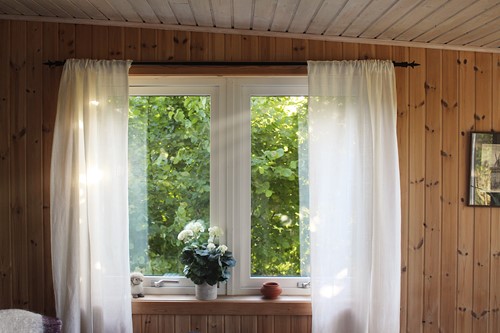
Older windows can end up costing you more on your heating and cooling bills. These windows can be drafty in winter and let in too much heat during summer. According to the Department of Energy, windows can account for up to 30 percent of energy usage in homes due to heat loss and gain. Replacing older windows with newer ones can help you save considerably on your energy usage. Use these tips to help you choose energy-efficient windows for your home.
No matter what windows you’re thinking about getting in terms of the frame type or glass type, look for Energy Star and National Fenestration Rating Council (NFRC) labels. Windows that meet the requirements for energy efficiency have the Energy Star label. NFRC labels provide you with a straightforward way to compare different aspects of a window’s performance.
U-factors on windows let you know how effective they are at stopping heat from escaping your home. Lower U-factors mean windows do a better job of trapping heat in your home, which results in lower energy bills during winter. The U-factor that works best for your home depends on the climate you’re in. This helps ensure that heated air stays inside your home.
Solar heat gain coefficient (SHGC) tells you how effective windows are at stopping heat gain from outside. A lower number means that windows are better at preventing hot outdoor air from getting inside, which is what you want during summer. If you live in a hotter climate, look for a lower SHGC number to help you save on the costs of cooling your home.
Low-e or low-emissivity coatings help prevent indoor heat from escaping your home, resulting in reduced energy usage and lower heating bills. This insulated glazing can lower energy loss from heat transfer by up to 50 percent, according to the Department of Energy. While windows with this coating cost more, you’ll save in the long run with reduced energy bills.
The type of window you choose can affect how much air can leak out. Lower air leakage rates help reduce your energy usage. Certain types of windows, such as awnings, hinged windows and casement windows, have lower air leakage rates. Sliding windows, single-hung windows and double-hung windows typically have higher air leakage rates.